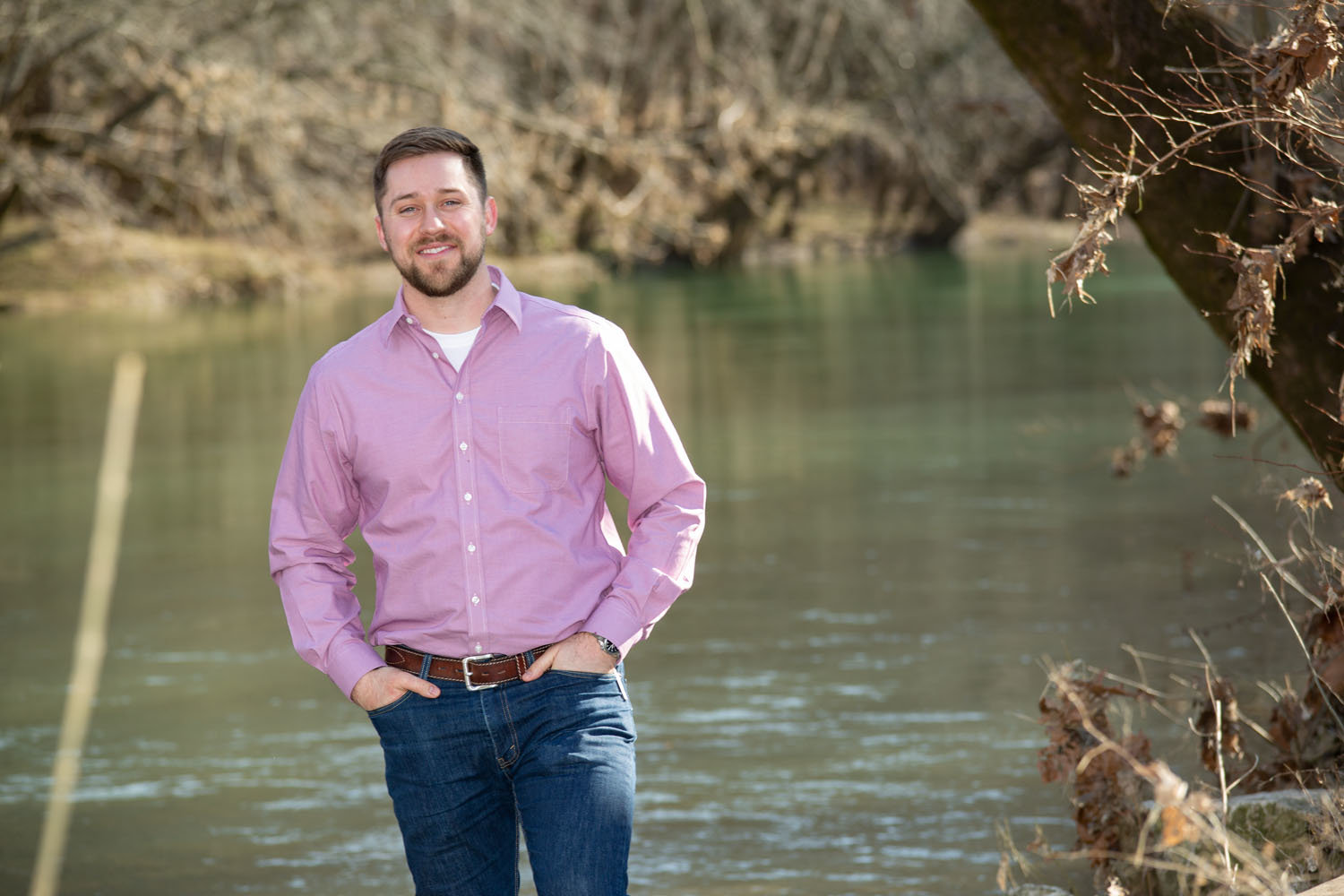YOUR BUSINESS AUTHORITY
Springfield, MO
YOUR BUSINESS AUTHORITY
Springfield, MO

What’s the mission of The James River Basin Partnership?
Our whole goal is to protect water quality within the James River watershed. The James River watershed is roughly a million-acre area that goes from the Seymour/Diggins area on down to Table Rock Lake. We also include portions of Flat Creek. That includes a whole host of sinkholes, springs [and] losing and gaining streams. Having that porous, karst environment makes the groundwater and surface water very connected. That’s what creates the very neat features that bring people out here. But it also makes us very susceptible to pollutants. Anything that affects surface water is also going to have an effect on our groundwater. We want people to realize that no matter where they live in that watershed, they can have a positive or negative impact on water quality for their neighbors downstream.
The Trump administration has rolled back regulations related to the Clean Water Act. How does the loosening of regulations affect us locally?
We’re working to better educate ourselves on the subject just with the new legislation. Overall, we don’t want overregulation. It’s burdensome for everybody, for industry, for farmers and landowners. But we want people to understand the importance and significance of having regulations in place. Take it all back to the first Earth Day in 1970. Everybody has heard of the Cuyahoga River fire. Through all the industrial waste that was spilling into that river, the river literally caught on fire numerous times. We do a good job now of regulating point-source pollution – things that are permitted to be discharged into local waterways from industry. We also focus pretty heavily now on nonpoint-source pollution, things like run-off from farms and neighborhood lawns. That’s adding nutrients to the watershed. With the regulations that were brought out with the Clean Water Act, we’ve done a pretty tremendous job at turning things around. We don’t want to turn the dial back.
Dozens of local restaurants have partnered on The Last Straw initiative to curb the use of straws. What is the effect of single-use plastic on the James?
We do find quite a bit of material, especially plastics, and a lot of it is recyclable. That’s the frustrating part. We’ve got industries out there that are creating a lot of nonbiodegradable material, and it’s up to us to be responsible for that. You don’t have to be somebody that owns a hundred acres to make a difference – whether it’s cutting down on single-use plastics or installing a rain barrel to capture water that would run off otherwise impervious surfaces or getting a soil test done before you fertilize your lawn.
What trends have you seen in our local water systems?
The James River Basin Partnership was formed in 1997 due to citizen response to a pretty big algae bloom in the James River arm of Table Rock Lake. Twenty years later, we’ve seen a pretty major improvement in water quality. We still see some issues with nutrients in the James River. That’s what we’re currently working on in the Wilson’s Creek watershed. It’s not the dirty old James that people used to think it is.
Placemaking is a goal of our city leaders. How does our landscape play into that?
We want people to think about the James River and our waterways whenever we’re developing master plans. A great example of that is the South Creek restoration project along Sunset [Street]. That project is a winner in a variety of different ways, whether it be pollinator habitat, treating local stormwater, increasing macroinvertebrate diversity and it provides a wildlife corridor for songbirds and a variety of other animals. We want to create more projects like that.
Brent Stock can be reached at brentonstock@missouristate.edu.
Connected to Watkins Elementary School is a new storm shelter now under construction.
STL construction firm buys KC company
Updated: Systematic Savings Bank to be acquired in $14M deal
Webster University's deficit triples
Missouri House speaker accused of obstruction in ethics probe
‘Dress for your day’: Companies are relaxing dress codes amid evolving ideas about fashion
Developer targets opening by month's end for $10M apartment complex